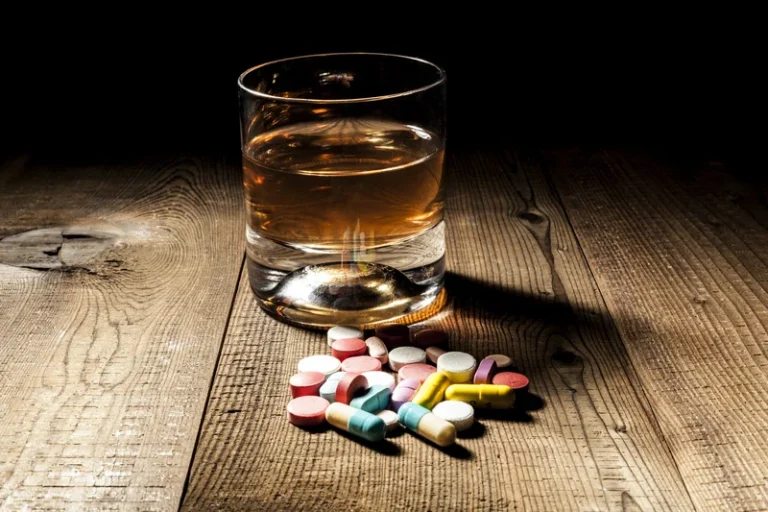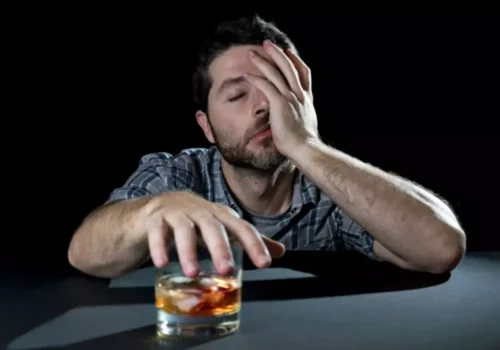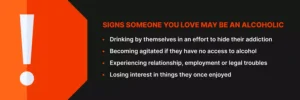
Many people seeking to recover from addiction are eager to prove they have control of their life and set off on their own. Help can come in an array of forms—asking for more support from family members and friends, from peers or from others who are further along in the recovery process. It might mean entering, or returning to, a treatment program; starting, or upping the intensity of, individual or group therapy; and/or joining a peer support group. There is an important distinction to be made between a lapse, or slipup, and a relapse. The distinction is critical to make because it influences how people handle their behavior. A relapse is a sustained return to heavy and frequent substance use that existed prior to treatment or the commitment to change.

G Alan Marlatt
The RP model proposed by Marlatt and Gordon suggests that both immediate determinants (e.g., high-risk situations, coping skills, outcome expectancies, and the abstinence violation effect) and covert antecedents (e.g., lifestyle factors and urges and cravings) can contribute to relapse. The RP model also incorporates numerous specific and global intervention strategies that allow therapist and client to address each step of the relapse process. Global strategies comprise balancing the client’s lifestyle and helping him or her develop positive addictions, employing stimulus control techniques and urge-management techniques, and developing relapse road maps. Covert antecedents and immediate determinants of relapse and intervention strategies for identifying and preventing or avoiding those determinants. If stressors are not balanced by sufficient stress management strategies, the client is more likely to use alcohol in an attempt to gain some relief or escape from stress. This reaction typically leads to a desire for indulgence that often develops into cravings and urges.
Cognitive neuroscience of self-regulation failure
For example, the therapist can use the metaphor of behavior change as a journey that includes both easy and difficult stretches of highway and for which various “road signs” (e.g., “warning signals”) are available to provide guidance. According to this metaphor, learning to anticipate and plan for high-risk situations during recovery from alcoholism is equivalent to having a good road map, a well-equipped abstinence violation effect tool box, a full tank of gas, and a spare tire in good condition for the journey. The cognitive-behavioral model of the relapse process posits a central role for high-risk situations and for the drinker’s response to those situations. People with effective coping responses have confidence that they can cope with the situation (i.e., increased self-efficacy), thereby reducing the probability of a relapse.
- Distraction is a time-honored way of interrupting unpleasant thoughts of any kind, and particularly valuable for derailing thoughts of using before they reach maximum intensity.
- Such feelings sabotage recovery in other ways as well—negative feelings are disquieting and are often what drive people to seek relief or escape in substances to begin with.
- Central to the RP model is the role of cognitive factors in determining relapse liability.
- Twelve-step can certainly contribute to extreme and negative reactions to drug or alcohol use.
- While analysing high-risk situations the client is asked to generate a list of situations that are low-risk, and to determine what aspects of those situations differentiate them from the high-risk situations.
Develop Coping Skills
- They are typically triggered by people, places, paraphernalia, and passing thoughts in some way related to previous drug use.
- For example, the CBT intervention developed in Project MATCH [18] (described below) equated to RP with respect to the core sessions, but it also included elective sessions that are not typically a focus in RP (e.g., job-seeking skills, family involvement).
- Whether it lasts a week, a month, or years, relapse is common enough in addiction recovery that it is considered a natural part of the difficult process of change.
- According to these models, the relapse process begins prior to the first posttreatment alcohol use and continues after the initial use.
- This reaction, termed the Abstinence Violation Effect (AVE; [16]), is considered more likely when one holds a dichotomous view of relapse and/or neglects to consider situational explanations for lapsing.
Alternatively, a person might encounter some life difficulties that make memories of drug use particularly alluring. Similar to the reward thought, you may have another common thought after a period of sobriety. When you’ve experienced some success in your recovery, you may think that you can return to drug or alcohol use and control it.
- Otherwise, recovering individuals are likely to make the worst of a single mistake and accelerate back through the relapse process as a result.
- The study was especially notable because most other treatment readiness measures have been validated on treatment-seeking samples (see Freyer et al., 2004).
- It is not necessarily a failure of self-control nor a permanent failure to abstain from using a substance of abuse.
The relationship between self-efficacy and relapse is possibly bidirectional, meaning that individuals who are more successful report greater self-efficacy and individuals who have lapsed report lower self-efficacy4. Chronic stressors may also overlap between self-efficacy and other areas of intrapersonal determinants, like emotional states, by presenting more adaptational strain on the treatment-seeking client4. Knowledge about the role of NA in drinking behavior has benefited from daily process studies in which participants provide regular reports of mood and drinking. Such studies have shown that both positive and negative moods show close temporal links to alcohol use [73].


